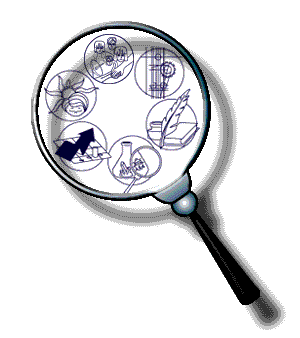
 |
3 definitions found
From The Collaborative International Dictionary of English v.0.48 [gcide]:
Fungi \Fun"gi\ (f[u^]n"j[imac]), n. pl.; sing. {fungus}. (Biol.)
A group of thallophytic plant-like organisms of low
organization, destitute of chlorophyll, in which reproduction
is mainly accomplished by means of asexual spores, which are
produced in a great variety of ways, though sexual
reproduction is known to occur in certain {Phycomycetes}, or
so-called algal fungi. They include the molds, mildews,
rusts, smuts, mushrooms, toadstools, puff balls, and the
allies of each. In the two-kingdom classification system they
were classed with the plants, but in the modern five-kingdom
classification, they are not classed as plants, but are
classed in their own separate kingdom fungi, which includes
the phyla Zygomycota (including simple fungi such as bread
molds), Ascomycota (including the yeasts), Basidiomycota
(including the mushrooms, smuts, and rusts), and
Deuteromycota (the {fungi imperfecti}). Some of the forms,
such as the yeasts, appear as single-celled microorganisms,
but all of the fungi are are eukaryotic, thus distinguishing
them from the prokaryotic microorganisms of the kingdon
Monera.
[Webster 1913 Suppl. +PJC]
Note: The Fungi appear to have originated by degeneration
from various alg[ae], losing their chlorophyll on
assuming a parasitic or saprophytic life. In an earlier
classification they were divided into the subclasses
{Phycomycetes}, the lower or algal fungi; the
{Mesomycetes}, or intermediate fungi; and the
{Mycomycetes}, or the higher fungi; by others into the
{Phycomycetes}; the {Ascomycetes}, or sac-spore fungi;
and the {Basidiomycetes}, or basidial-spore fungi.
[Webster 1913 Suppl.]
From The Collaborative International Dictionary of English v.0.48 [gcide]:
Phycomycetes \Phy`co*my*ce"tes\, n. pl. [NL.; Gr. fy^kos seaweed
+ mycetes.] (Bot.)
A large, important class of parasitic or saprophytic fungi,
the algal or algalike fungi. The plant body ranges from an
undifferentiated mass of protoplasm to a well-developed and
much-branched mycelium. Reproduction is mainly sexual, by the
formation of conidia or sporangia; but the group shows every
form of transition from this method through simple
conjugation to perfect sexual reproduction by egg and sperm
in the higher forms. -- {Phy`co*my*ce"tous}, a.
[Webster 1913 Suppl.]
From WordNet (r) 2.0 [wn]:
Phycomycetes
n : a large and probably unnatural group of fungi and funguslike
organisms comprising the Mastigomycota (including the
Oomycetes) and Zygomycota subdivisions of the division
Eumycota; a category not used in all systems [syn: {Phycomycetes
group}]
Powered by Blog Dictionary [BlogDict]
Kindly supported by
Vaffle Invitation Code
Get a Freelance Job - Outsource Your Projects | Threadless Coupon
All rights
reserved. (2008-2025)